Antwerp is the second biggest city in Belgium (the biggest
Flemish one) and second biggest port in Europe, although as with bigger
Rotterdam to the north, the modern port facilities are well downstream on the
Scheldt River from the city. You wouldn’t get that impression anymore close the
city center. It’s always been a true mariner’s city similar to Rotterdam and
Hamburg. It also resembles those cities in being largely modern because so much
of it was destroyed during WWII, port facilities being an obvious military
target.
Many of Antwerp’s significant monuments have been rebuilt
and look quite authentic, but most of the area around them isn’t particularly
attractive, mostly rather cheaply and plainly built after WWII in the same way
German cities were rebuilt. And the Boeren Toern on the Meir, constructed in
1928, is said to have been Europe’s first skyscraper.
Historically Antwerp is associated mostly with the
Renaissance and Baroque era’s having experienced a golden age of art similar to
that of the Netherlands in the same era.
As the center of the Northern Baroque,
Antwerp is associated with Rubens, Van Dyck, Jordaens, Metsys, Teniers, Snyders,
and many other lesser known painters, most of whom are represented with statues
around the city center. Although
Protestantism caught on for a while and there was some iconoclasm in Antwerp,
Catholicism was reinstated under Habsburg control in the southern Netherlands
while Holland became independent. Consequently, Antwerp has much better church
interiors than the cities in the Netherlands.
We didn’t make it to Antwerp on our 1985 trip to Belgium but
my mother said for many years that she wished we could have gone because it was
so nice. She apparently made it there a few times on school fields trips when
she was in high school. I did make it there on a rushed daytrip in February
2002 on which I managed to take in a cathedral tour, eat a pot of mussels for
lunch, and went to the main art museum and the Rubens House.
I gave myself two full days for Antwerp this time around,
which I thought would be enough since the KMSKA (Royal Art Museum) is closed
for renovations. There are so many other sites around town, though, that I
could well have devoted an additional one to the city. Besides art, museums,
churches, and the elaborate Grote Markt, I wanted to take a long walk through
some of the outlying neighborhoods. I made it a short distance north to the
inner port facility where there’s a huge multi-story museum that was closed
because it was Monday and was impressed by the enormous amount of new
construction that’s taking place around Antwerp.
I don’t just mean there are
modern buildings; I mean an almost China-like level of construction activity,
including what looks like a local version of Boston’s “Big Dig” tearing out a
main north south road through town to either bury it or replace it with a park
green belt. They still like those big public works projects in Belgium! One of those public works projects back in
the days of Leopold II was Antwerp’s central station, considered one of the
most architecturally impressive in Europe.
Antwerp is also known for diamonds, much of the trade taking
place in one small district near the train station. It used to be the preserve
of Hasidic Jews but nowadays much of the trade is done by Indians. When I told
the Indian teller at my bank in New Jersey that I was going to Belgium, her
eyes immediately lit up when she said “Diamonds”. Most people I know would say “beer” as their
eyes lit up. Feeling the need for some fiber in my diet, I had targeted a
vegetarian Indian buffet restaurant in the neighborhood for lunch. I guess it all closes down for vacation in
August, though. The diamond street I was expecting to be bustling was deserted,
and all the Indian lunch buffet restaurants around it were closed.
I never expected my summer trip to Belgium would be made
miserable by an ongoing heat wave. I know it can get hot for a few days in
northern Europe, but then it’s supposed to go away again. My three nights in
Antwerp were as excruciatingly hot as those in Bruges and Ghent, this time in a
modern hostel but with large west facing windows in the room that only opened
slightly. Without air conditioning it stayed hot until morning. Ugh!

 Antwerp, Flanders, Belgium
Antwerp, Flanders, Belgium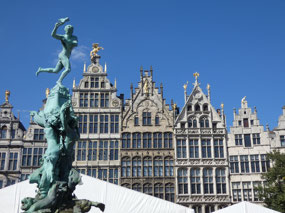
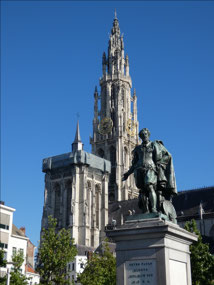
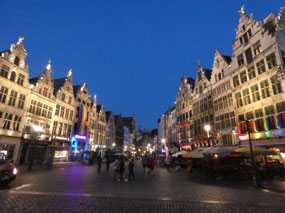



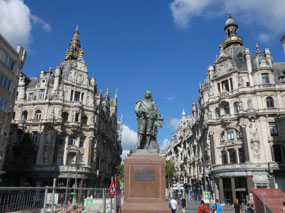
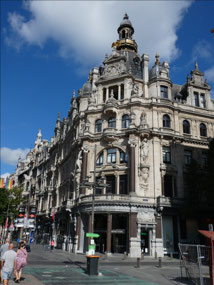
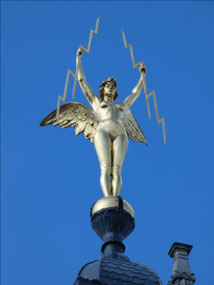
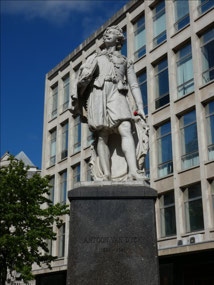
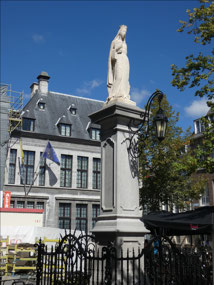
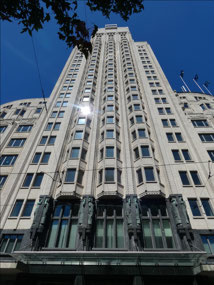

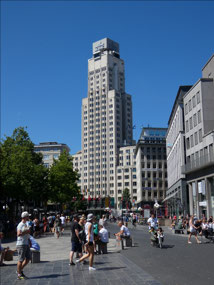



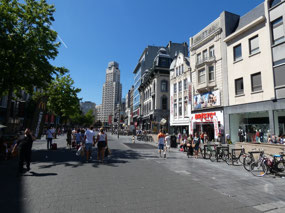
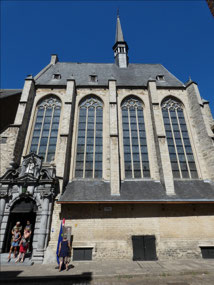
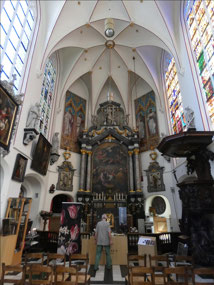
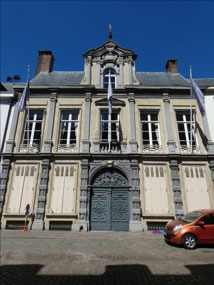
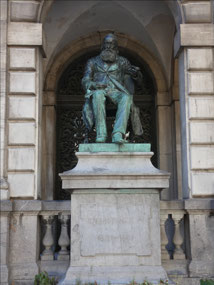
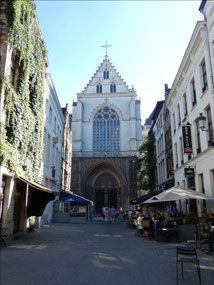
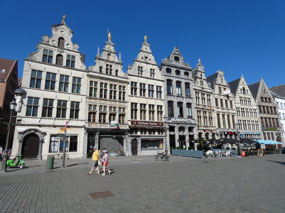
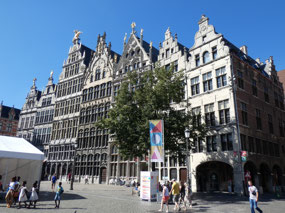
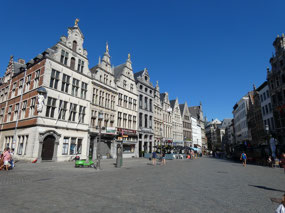
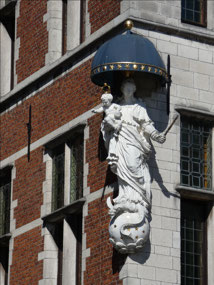
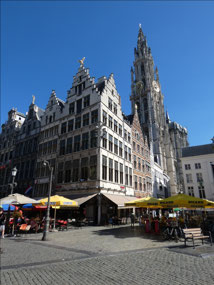
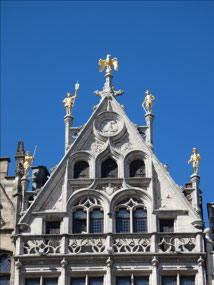
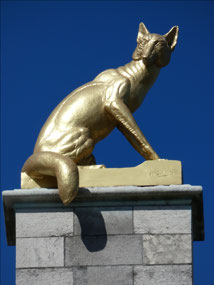
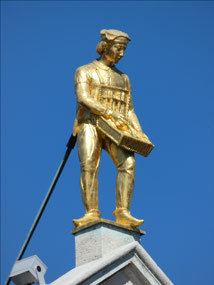
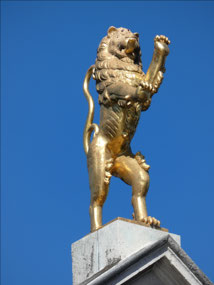
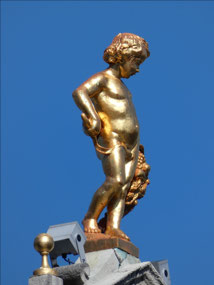
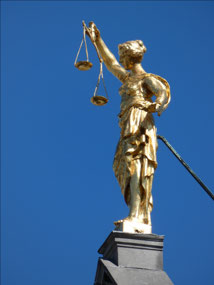
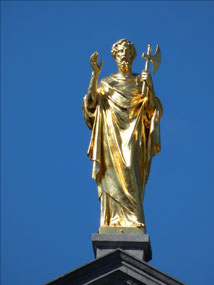
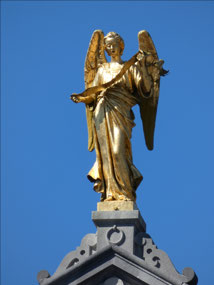
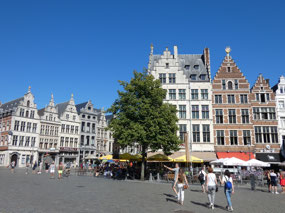
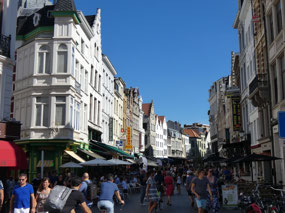
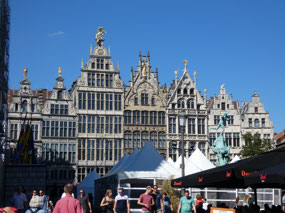
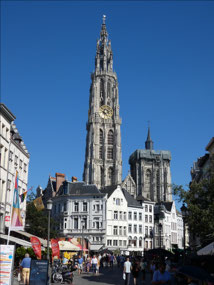
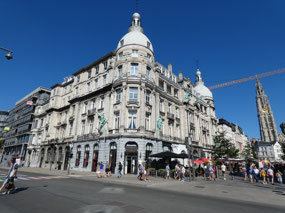

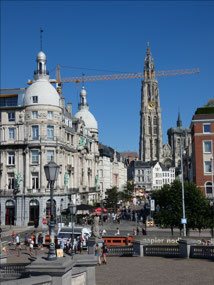
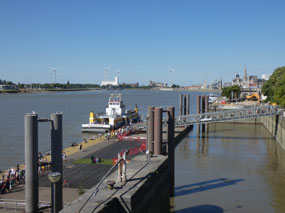
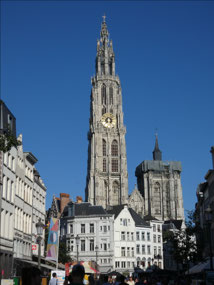
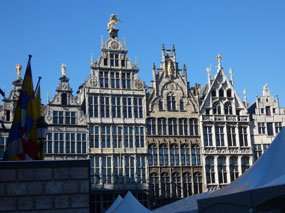
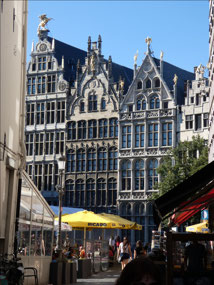
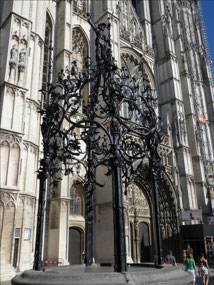
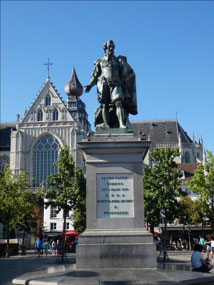

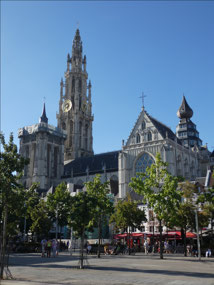
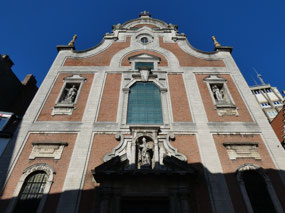

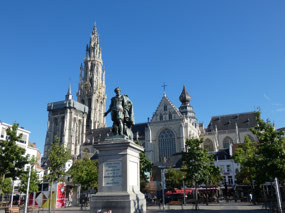
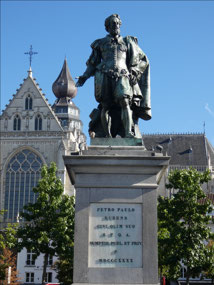
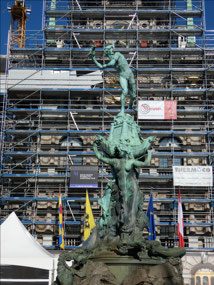
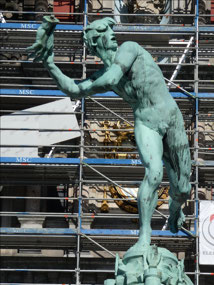
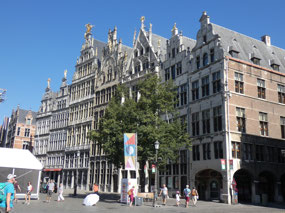

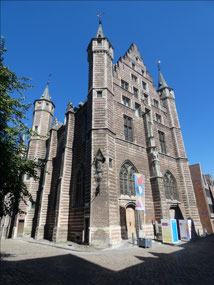
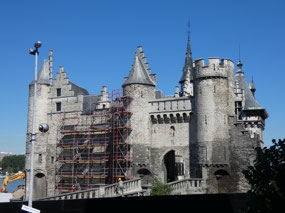
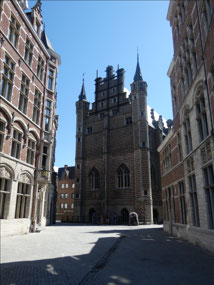
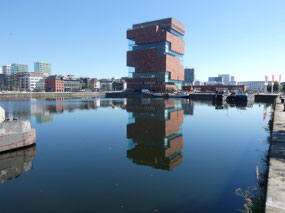
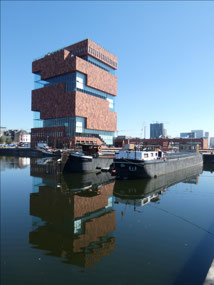
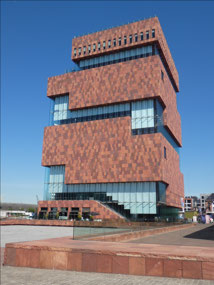
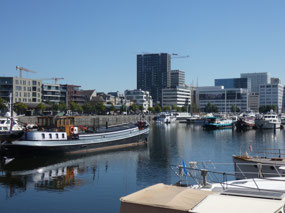
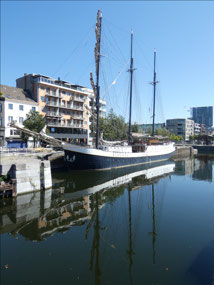
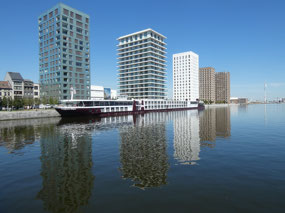
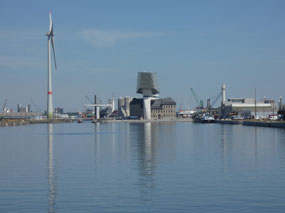

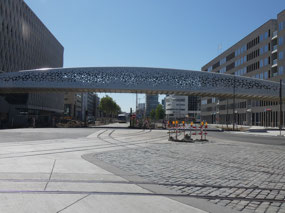



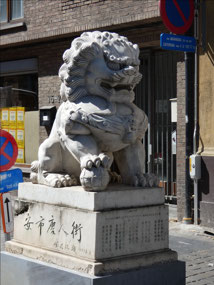
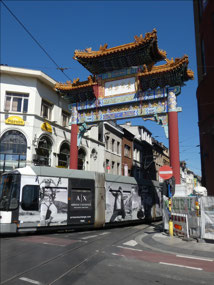

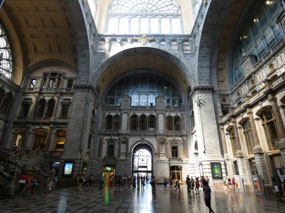
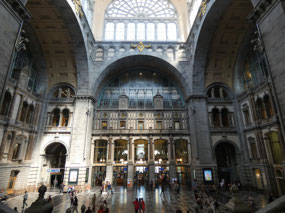

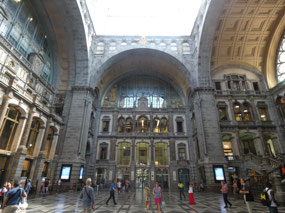
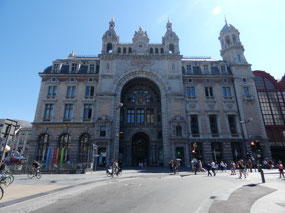
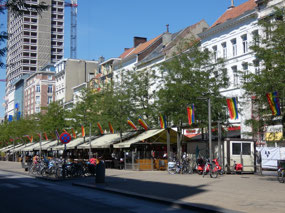

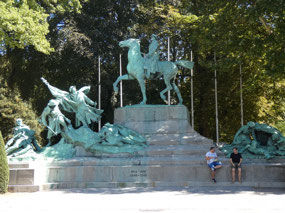
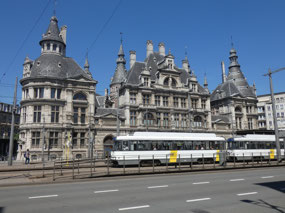
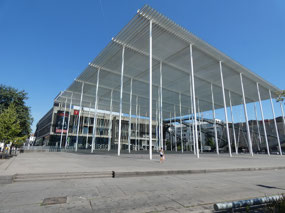
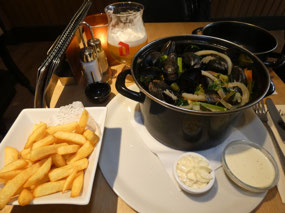
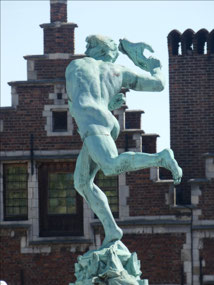
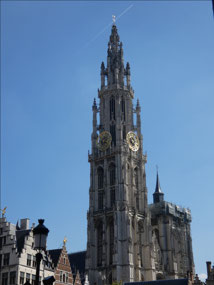
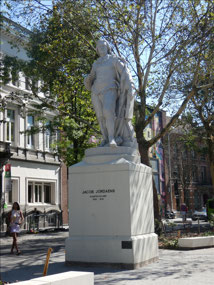
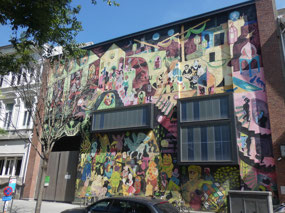

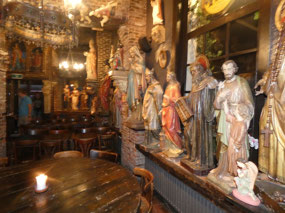
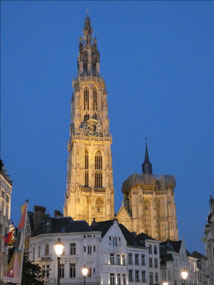
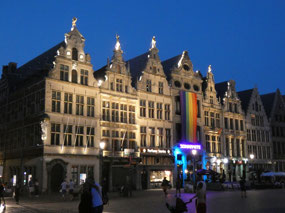
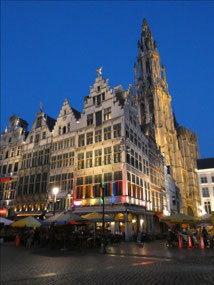
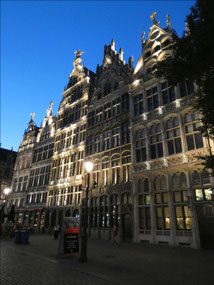
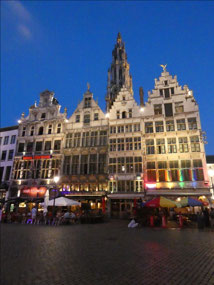
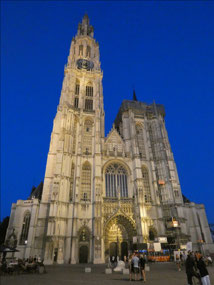
2025-05-22